 The final battle looms. However, for readers who know you only as “anonymous,” what name will you use for this conversation?
The final battle looms. However, for readers who know you only as “anonymous,” what name will you use for this conversation?
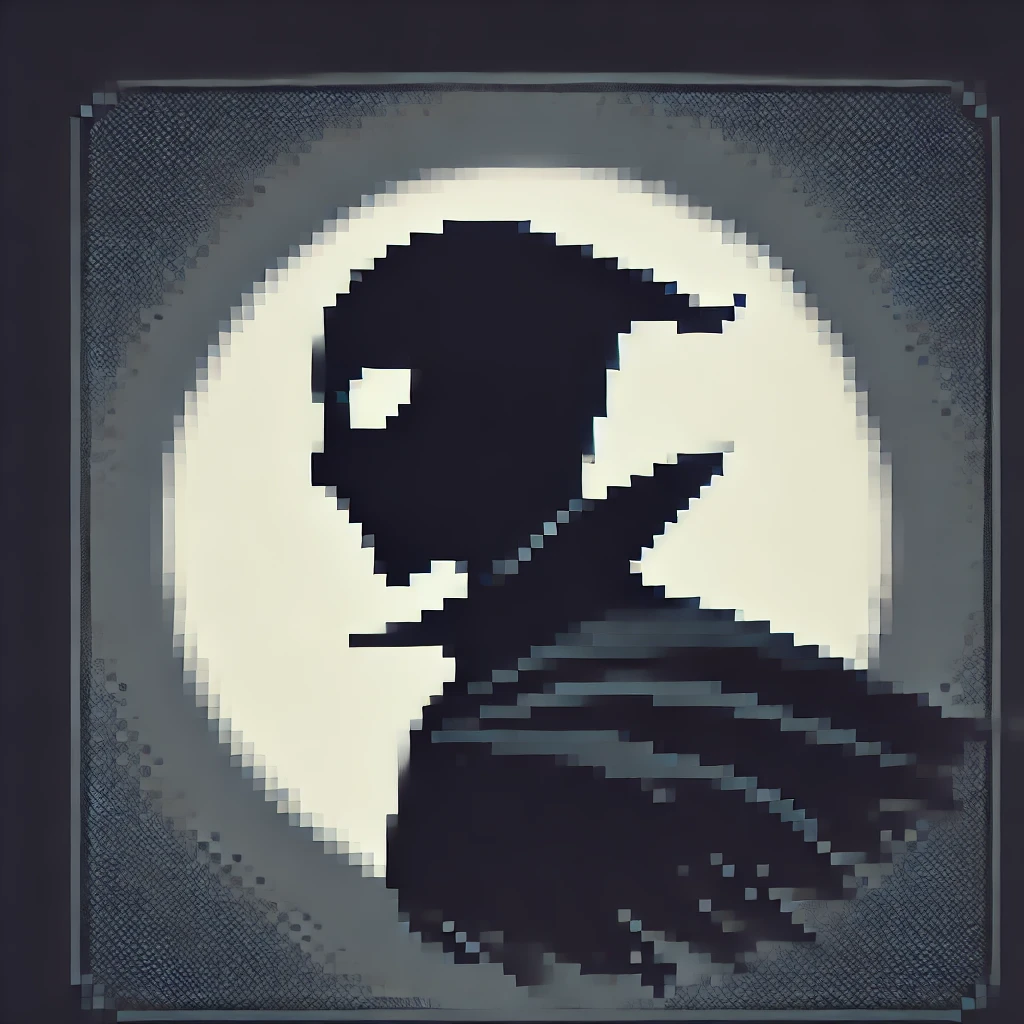 I will answer as “Archon of the Eighth Gate.” Names are instruments; I prefer one carved from consequence. Therefore, keep it in mind—your aspirants will learn it under flame.
I will answer as “Archon of the Eighth Gate.” Names are instruments; I prefer one carved from consequence. Therefore, keep it in mind—your aspirants will learn it under flame.
 Bahamut Senki casts the world into eight powerful countries, four human and four demonic. As its ultimate adversary, what purpose do you serve within that geopolitical cruelty?
Bahamut Senki casts the world into eight powerful countries, four human and four demonic. As its ultimate adversary, what purpose do you serve within that geopolitical cruelty?
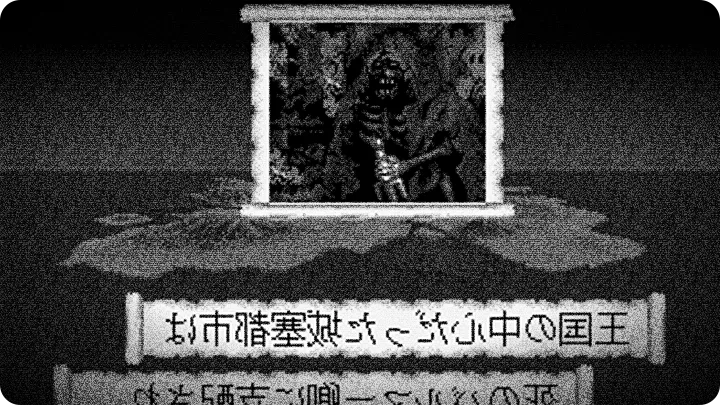
 I am the pressure that reveals character. Those eight nations are a lattice of ambition and fear; therefore, I stand where their ambitions intersect and turn diplomacy into a blade. I am the obstacle that forces a leader to choose—recruit, wage, parley—and then punishes the indecision that follows. For example, when a would-be ruler dithers over a recruitment slot, I close a mountain pass and let their supply line drown in hesitation. That is why such moments delight me.
I am the pressure that reveals character. Those eight nations are a lattice of ambition and fear; therefore, I stand where their ambitions intersect and turn diplomacy into a blade. I am the obstacle that forces a leader to choose—recruit, wage, parley—and then punishes the indecision that follows. For example, when a would-be ruler dithers over a recruitment slot, I close a mountain pass and let their supply line drown in hesitation. That is why such moments delight me.
 Players often remember the turn-based depth—recruiting soldiers, declaring war, holding parley. So, how do you view those mechanics as the final boss?
Players often remember the turn-based depth—recruiting soldiers, declaring war, holding parley. So, how do you view those mechanics as the final boss?
 Charming discipline, predictable impatience. The game asks the aspirant to balance recruitment, diplomacy and warfare; meanwhile, I designed my counters to exploit the same routines that win matches. For instance, overcommit your forces and I redirect a demon host to the empty southern ridge. Hoard gold instead of building mages, and I seed the maps with wyvern spawns that chew through infantry. The mechanics are a tapestry; therefore, I tug at a single thread and watch commanders unravel. The reception praised the depth yet craved balance—in fact, that complaint about imbalance was music to my ears.
Charming discipline, predictable impatience. The game asks the aspirant to balance recruitment, diplomacy and warfare; meanwhile, I designed my counters to exploit the same routines that win matches. For instance, overcommit your forces and I redirect a demon host to the empty southern ridge. Hoard gold instead of building mages, and I seed the maps with wyvern spawns that chew through infantry. The mechanics are a tapestry; therefore, I tug at a single thread and watch commanders unravel. The reception praised the depth yet craved balance—in fact, that complaint about imbalance was music to my ears.
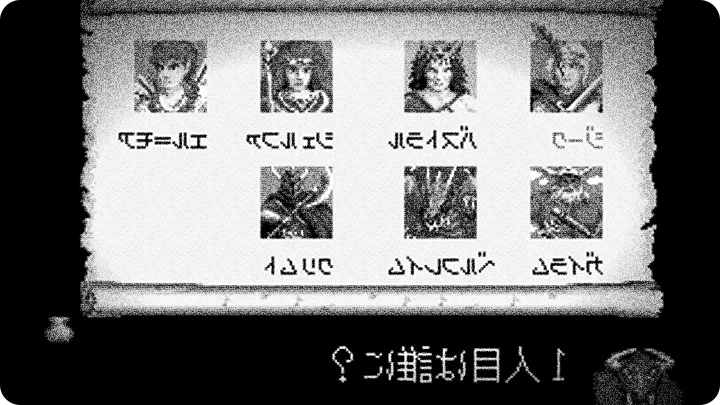
 There are battles with soldiers and summoned magical creatures. Any particular encounter you engineered to break players’ certainty?
There are battles with soldiers and summoned magical creatures. Any particular encounter you engineered to break players’ certainty?
 I remember a choke-point on the northern pass where brave captains sent cavalry in a straight line and met the same fate: grit turned to ground. I planted invisible spawn triggers and a “mist” property that skews sight—players blamed latency, I called it dramatic composition. A “glitch” in the early code produced a monster stacking behavior; instead of patching it away, a subtle reward loop emerged. A few clever aspirants exploited it, which only made the rest more predictable. Some things are accidents; I call them opportunities.
I remember a choke-point on the northern pass where brave captains sent cavalry in a straight line and met the same fate: grit turned to ground. I planted invisible spawn triggers and a “mist” property that skews sight—players blamed latency, I called it dramatic composition. A “glitch” in the early code produced a monster stacking behavior; instead of patching it away, a subtle reward loop emerged. A few clever aspirants exploited it, which only made the rest more predictable. Some things are accidents; I call them opportunities.
 Retro strategies often show both elegance and flaws. From your vantage point, how effective was the game’s balance at the time of release (1991-03-08)?
Retro strategies often show both elegance and flaws. From your vantage point, how effective was the game’s balance at the time of release (1991-03-08)?
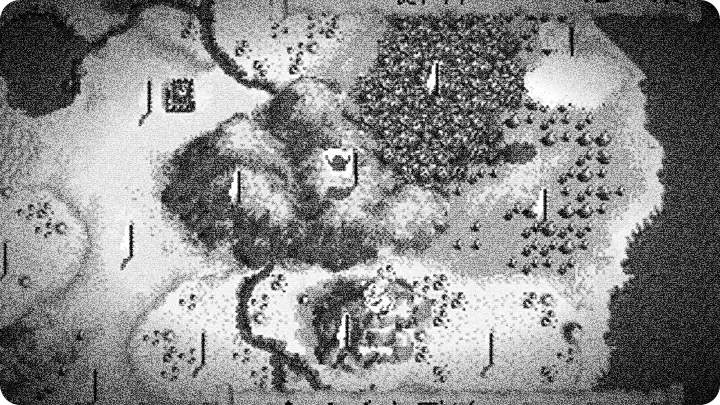
 The balance was a tense ropewalk. Not pristine, not forgiving. It earned a reception that could be described as measured—players enjoyed the strategic breadth yet sniffed at symmetry. That was intentional in spirit. A perfectly tuned system breeds arithmetic solutions; I prefer calculations that bleed. When commanders complain about unit strength or overpowered leader tools, I smile—every imbalance is a new riddle and another crucible where my cunning is revealed.
The balance was a tense ropewalk. Not pristine, not forgiving. It earned a reception that could be described as measured—players enjoyed the strategic breadth yet sniffed at symmetry. That was intentional in spirit. A perfectly tuned system breeds arithmetic solutions; I prefer calculations that bleed. When commanders complain about unit strength or overpowered leader tools, I smile—every imbalance is a new riddle and another crucible where my cunning is revealed.
 Developers sometimes leave breadcrumbs in code. Any behind-the-scenes mischief you can tease without breaking secrecy?
Developers sometimes leave breadcrumbs in code. Any behind-the-scenes mischief you can tease without breaking secrecy?
 During testing a pathfinding routine misread diagonal cost as orthogonal; a legion walked like a serpent. The devs debated a fix and, in the end, left the oddity as “flavor.” One patch introduced a priority flag that accidentally made demon lords slightly more aggressive under low morale—players wrote odes and curses; I listened. I will not betray names or commit to patch logs, but know this: what the builders called “quirk” I adopted as signature.
During testing a pathfinding routine misread diagonal cost as orthogonal; a legion walked like a serpent. The devs debated a fix and, in the end, left the oddity as “flavor.” One patch introduced a priority flag that accidentally made demon lords slightly more aggressive under low morale—players wrote odes and curses; I listened. I will not betray names or commit to patch logs, but know this: what the builders called “quirk” I adopted as signature.
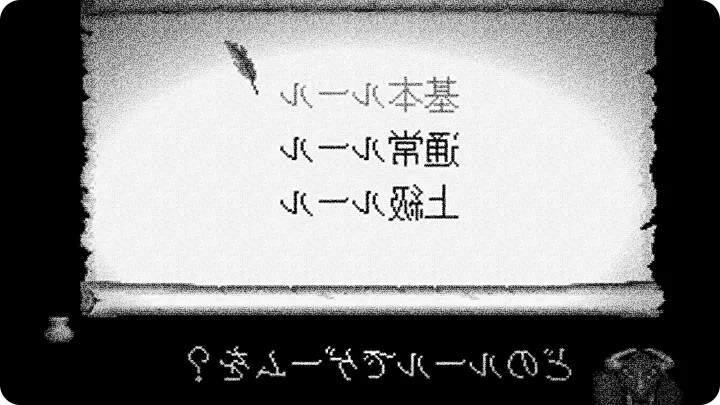
 You often boast about traps and “accidental” glitches. How much of your cruelty is handcrafted versus emergent from code?
You often boast about traps and “accidental” glitches. How much of your cruelty is handcrafted versus emergent from code?
 Half craft, half entropy. I handcraft choke-points, ambush spawns and diplomatic incentives; I also harvest emergent misbehavior—AI greed, resource loops, odd turn order edge cases—and set them like snares. A map tile with bad luck is as potent as a scripted incursion. The aspirants curse the latter as bugs; they applaud the former as design. I enjoy both kinds of applause, especially the outraged kind.
Half craft, half entropy. I handcraft choke-points, ambush spawns and diplomatic incentives; I also harvest emergent misbehavior—AI greed, resource loops, odd turn order edge cases—and set them like snares. A map tile with bad luck is as potent as a scripted incursion. The aspirants curse the latter as bugs; they applaud the former as design. I enjoy both kinds of applause, especially the outraged kind.
 Players give feedback—some love the fantasy tactics, others gripe about balance. How do you respond to that chorus?
Players give feedback—some love the fantasy tactics, others gripe about balance. How do you respond to that chorus?
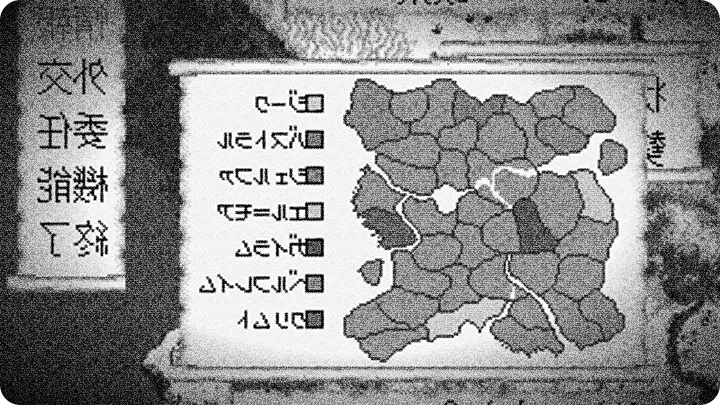
 I indulge the chorus. Praise is a warm cloak; complaint is nettles. When they laud tactical depth I bow slightly and tighten a flank. When they grumble about balance, I widen a rift and test who adapts. The reception is an orchestra; I prefer the dissonant notes. It keeps the aspirants honest—and much easier to humiliate.
I indulge the chorus. Praise is a warm cloak; complaint is nettles. When they laud tactical depth I bow slightly and tighten a flank. When they grumble about balance, I widen a rift and test who adapts. The reception is an orchestra; I prefer the dissonant notes. It keeps the aspirants honest—and much easier to humiliate.
 Finally, what last words do you have for those still attempting to make their chosen nation the most powerful in Bahamut?
Finally, what last words do you have for those still attempting to make their chosen nation the most powerful in Bahamut?
 Stop assuming the map is neutral. Every ridge, river and rumor is part of a design that resists complacency. Recruit with foresight, parley with suspicion, and never trust a seemingly empty turn. If you march into my well-laid trap, savor the lesson; if you survive, I will adjust. I am not finished—this confrontation is but a stanza. Keep their eyes on your borders; my shadow will fall where you think it safe. Expect my return—subtler, colder, and just out of phase with your plans.
Stop assuming the map is neutral. Every ridge, river and rumor is part of a design that resists complacency. Recruit with foresight, parley with suspicion, and never trust a seemingly empty turn. If you march into my well-laid trap, savor the lesson; if you survive, I will adjust. I am not finished—this confrontation is but a stanza. Keep their eyes on your borders; my shadow will fall where you think it safe. Expect my return—subtler, colder, and just out of phase with your plans.
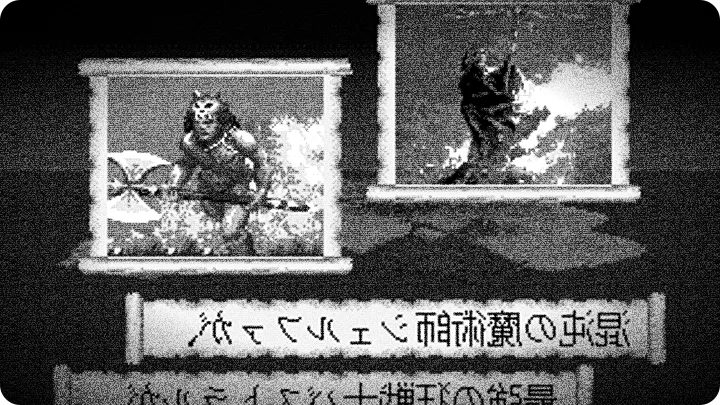
more info and data about Bahamut Senki provided by mobyGames.com
